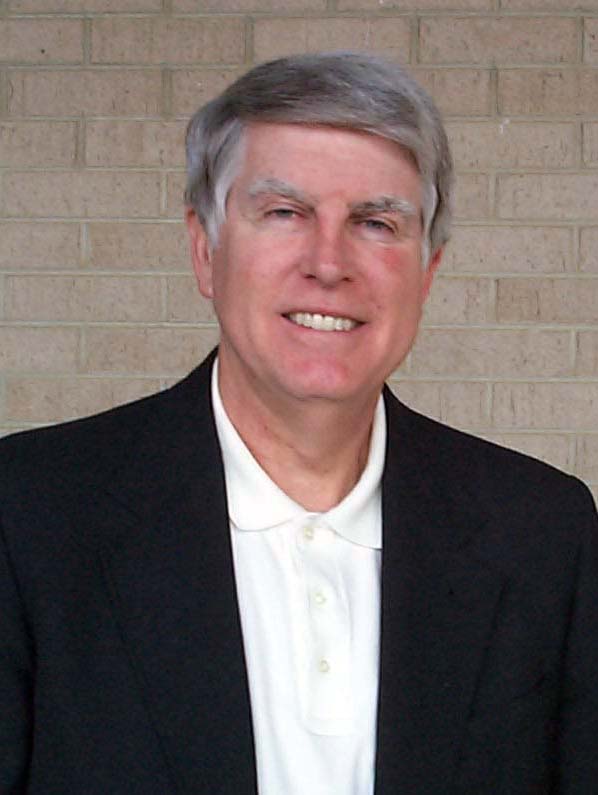Cleveland, Tenn., moves up plans to rehabilitate wastewater system
Friday, January 1, 1904
CLEVELAND, Tenn. -- Cleveland Utilities is looking to speed up projects designed to reduce the number and severity of wastewater overflows.
On Thursday, utility officials discussed revised plans to implement and fund nearly $29 million in waterline rehabilitation efforts over the next 10 years, a little more than double the $14 million originally committed to the long-term project.
One of the driving forces behind the redoubled effort has its roots in sewer overflows during the heavy rains of September 2011, said Tom Wheeler, general manager for Cleveland Utilities.
"We think we need to step it up and address those issues once and for all," Wheeler said.
The core problem is one of stormwater flowing into the sewer system through cracked lines or manhole covers, an environmental and economic problem, utility officials said.
"Overflows pose a public risk," said Greg Clark, manager for the wastewater rehabilitation program.
He noted that a manhole in Tinsley Park has been identified as a chronic overflow point and serves as a critical barometer for the problems, since more than half the sewer network is located upstream from that point.
"We are treating a tremendous amount of just groundwater," Clark said.
He said the economic impacts of the wastewater infiltration and wastewater rehabilitation are significant. It costs as much to process stormwater as it does actual wastewater, he said, and reducing the amount of processed stormwater increases the working life of wastewater pumps and other equipment.
Preventing overflows also saves the utility money in damage, cleanup and insurance, Wheeler said. A significant reduction in wastewater infiltration could result in annual savings of up to $500,000, Clark said.
Wheeler said the stepped-up rehabilitation plan will come at a cost, too, but it will be manageable.
The plan projects annual rate increases of 4.5 percent for 2014 through 2017, said Ken Webb, vice president of the finance division. However, Cleveland Utilities already had projected 4 percent rate increases for three of those years, said Webb, so the difference is minimal.
Clark said the consumer costs also should be considered in the context of government-mandated rate increases intended to fund adequate wastewater rehabilitation programs.
He cited recent U.S. Environmental Protection Agency actions that resulted in rate increases from 50 percent to 330 percent for a number of larger Tennessee utilities that suffered chronic overflow problems, including Chattanooga, Knoxville, Nashville and Memphis.
